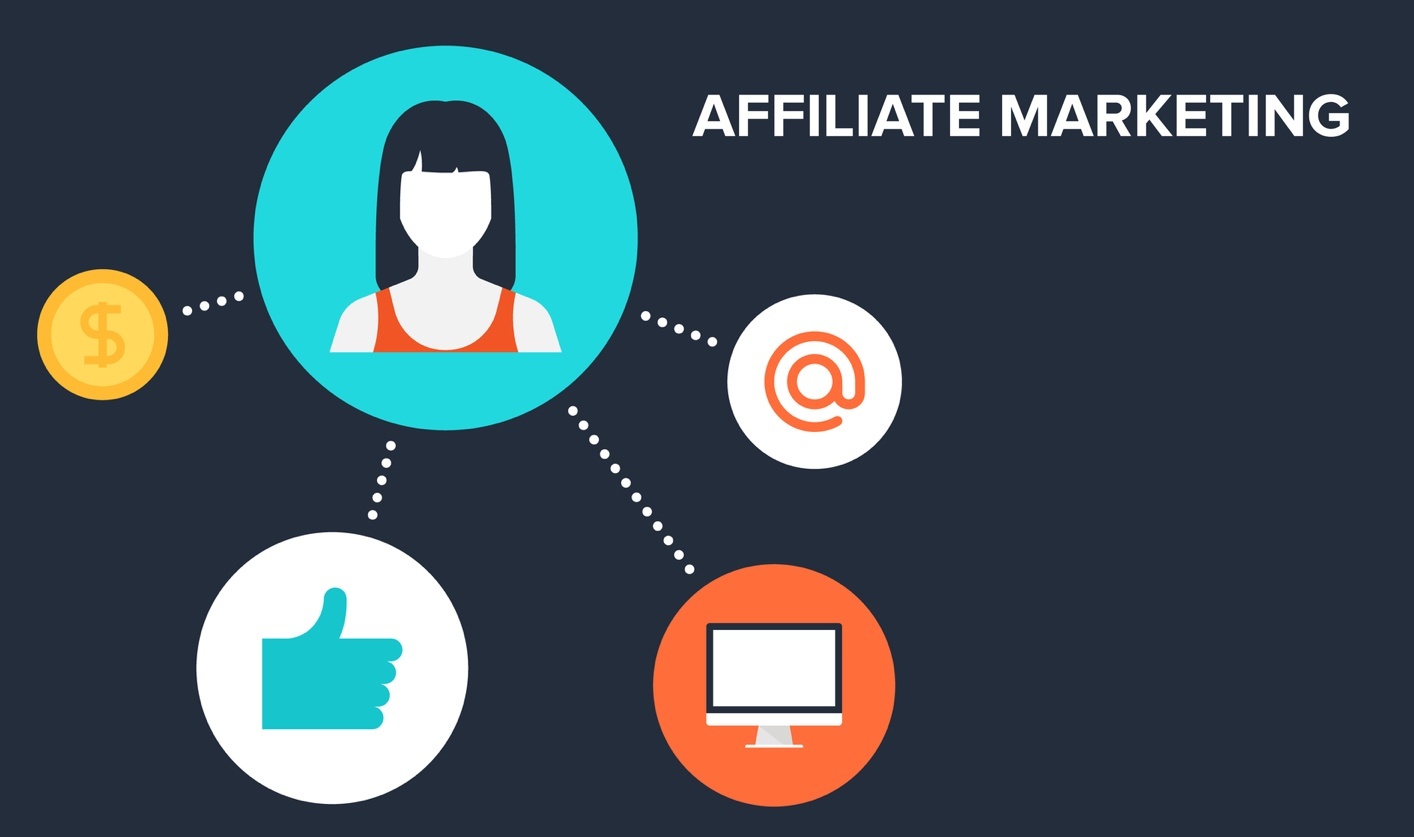With all the options available to you with WordPress it’s easy to make mistakes that can have effects ranging from minor to catastrophic. Here are 5 of the most common WordPress mistakes and how you can avoid them:
1. Not Updating WordPress
You may not like to be an early-adopter, but with WordPress it’s important to update when new releases are published. There were 7 releases of WordPress in 2013, 4 of these releases were security and/or maintenance releases. What this means is that a bug or security vulnerability was identified and WordPress released a fix for it. Unless there is some compelling reason for you not to update (such as plugins which aren’t yet compatible) then it’s always best to update to the latest release especially when they include security or bug fixes.
With WordPress version 3.7 came Updates while you sleep so if you’re running that version or higher you shouldn’t have to worry about updating WordPress, it should update automatically.
We strongly recommend you back up your site before applying any updates. See point 3 below.
2. Not Updating Plugins
Developers update their plugins to release new features, to stay up to date with the latest version of WordPress, and to fix bugs or patch security problems. If you aren’t updating your plugins when you see the update notice (on the Updates page under Dashboard), you are setting yourself up for potential problems and frustrations. It’s a good idea to update your plugins one at a time and check your site between each update since occasionally there can be conflicts between plugins.
We strongly recommend you back up your site before applying any updates. See point 3 below.

3. Not Backing Up Your Site
This goes hand in hand with points #1 & 2, and goes far beyond simply backing up your database. Before you update to the next version of WordPress, or start updating plugins, it’s a smart idea to run a full backup of your site. The easiest, most efficient way of doing this is using BackupBuddy, a premium WordPress plugin from iThemes.
We recommend BackupBuddy because it doesn’t just back up your WordPress database, it backs up your entire WordPress installation – plugins, themes, settings, widgets, etc. It also includes a super-easy restoration feature, so if the unthinkable happens – your entire site goes down or gets hacked – you can have your site up and running again within minutes using your latest backup. And it’s completely in your control.
The other reason we like to use BackupBuddy is because it’s virtually idiot-proof. We can set it to backup to an off-site storage solution automatically, at specified intervals, so we don’t have to depend on ourselves to remember to get the job done. Regardless of what backup solution or strategy you use, you want to: 1. perform full backups; 2. perform them on a consistent, frequent basis; 3. store your backups some place safe, other than on your own server; and 4. make sure you know how to restore from a backup.
Want to start protecting your site with regular backups? Use coupon code SEMPERFI25 to save 25% off the regular price of BackupBuddy.
4. Not Using SEO Effectively
Most site owners never bother with search engine optimization, instead utilizing the “I hope it works” approach. In today’s online world, getting noticed is critical. One of the best ways to get noticed is to have your site pop up in search engine results.
There’s a lot to know about SEO – far more than we could teach in a short article – but you want to make sure you at least cover the basics. Set your site title and description, and configure the SEO settings for the primary pages you want to drive traffic to. If you want more details on critical SEO settings to configure, visit SemperPlugins.com and sign up for our free ebook: SEO Tips: 5 Things Every WordPress Owner Must Know.
If all the SEO information out there seems overwhelming – which it can since it changes constantly – our All in One SEO Pack Pro plugin makes it easier. All in One SEO Pack Pro is a simple to use SEO plugin for your WordPress site or blog. You can set site-wide defaults as well as customize the search engine settings for each individual page and post – controlling exactly what appears in the search engine results. All of this without having to touch a line of code! Because it’s easy to use right out of the box you can start improving your search engine results right away.

5. Not Having an XML Sitemap
Sitemaps were originally created for the users of a website so that they could see an index of that site for easier navigation to the pages they wanted to visit. However, in 2005 Google released an XML format for sitemaps that was designed for search engines, allowing them to index a site easily and navigate the site faster and more efficiently. These XML sitemaps are more important now than ever because of their ability to identify new content and how it is structured.
These are just 5 of the most common mistakes people make when using WordPress.
What other mistakes have you seen? Please share your comments below.











